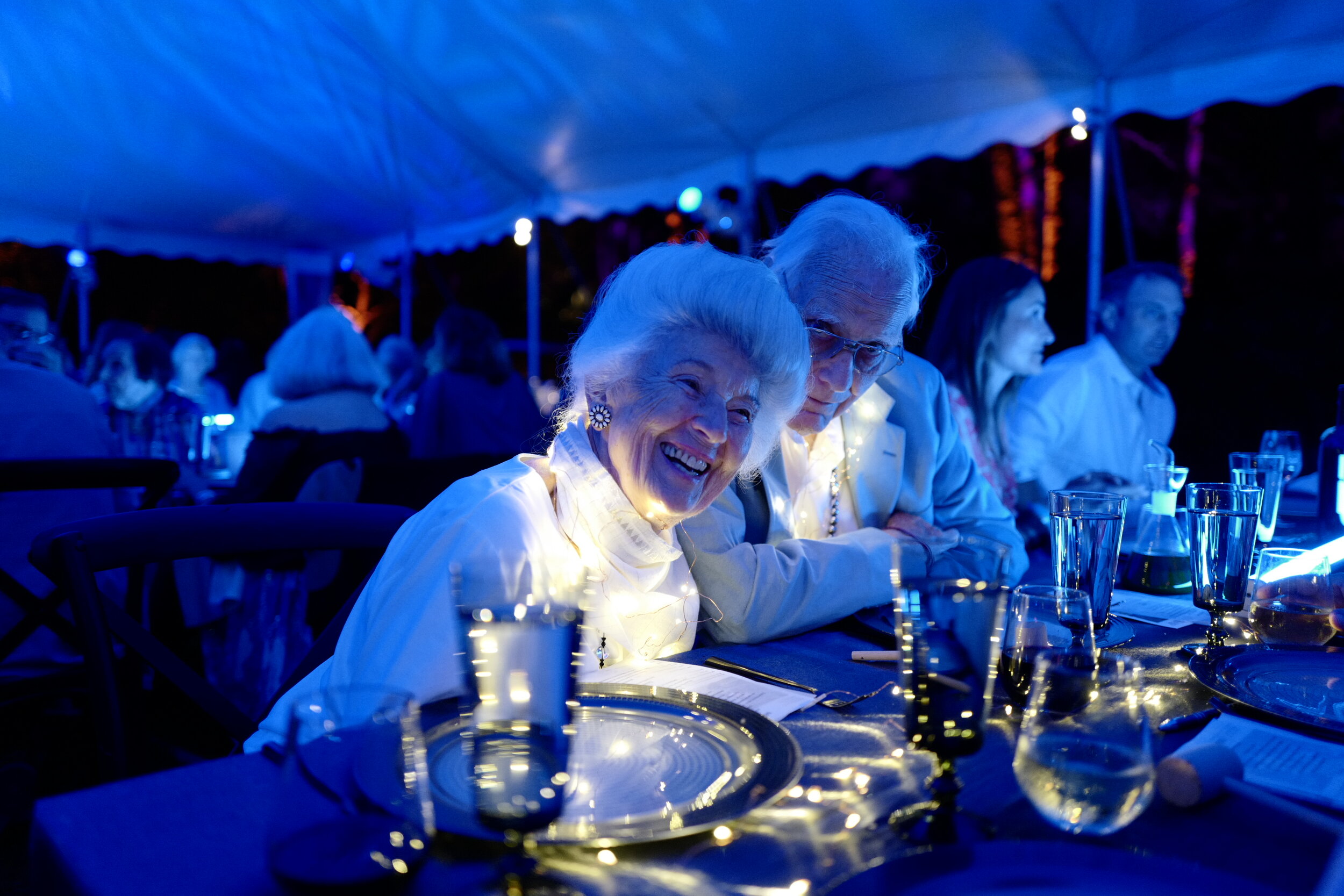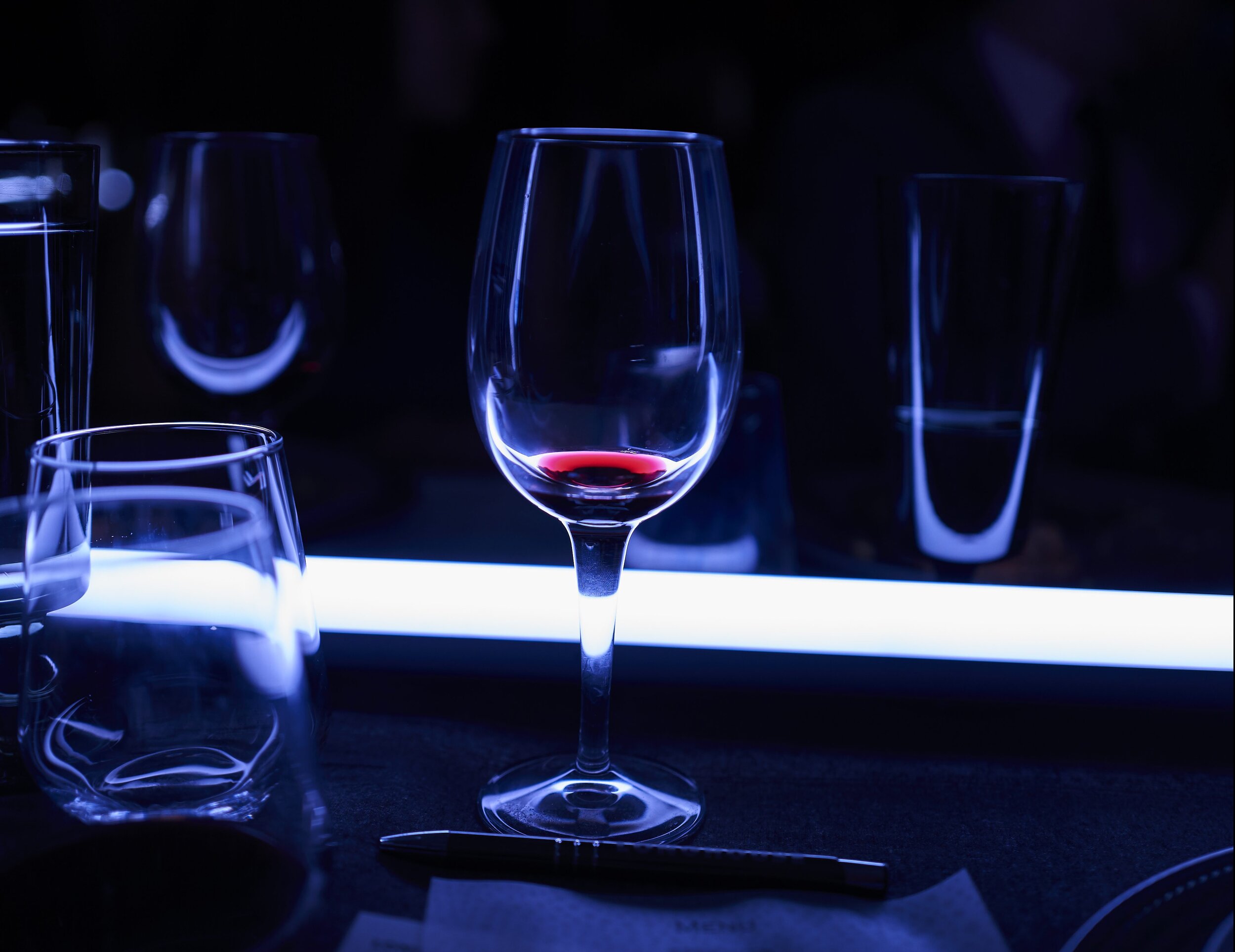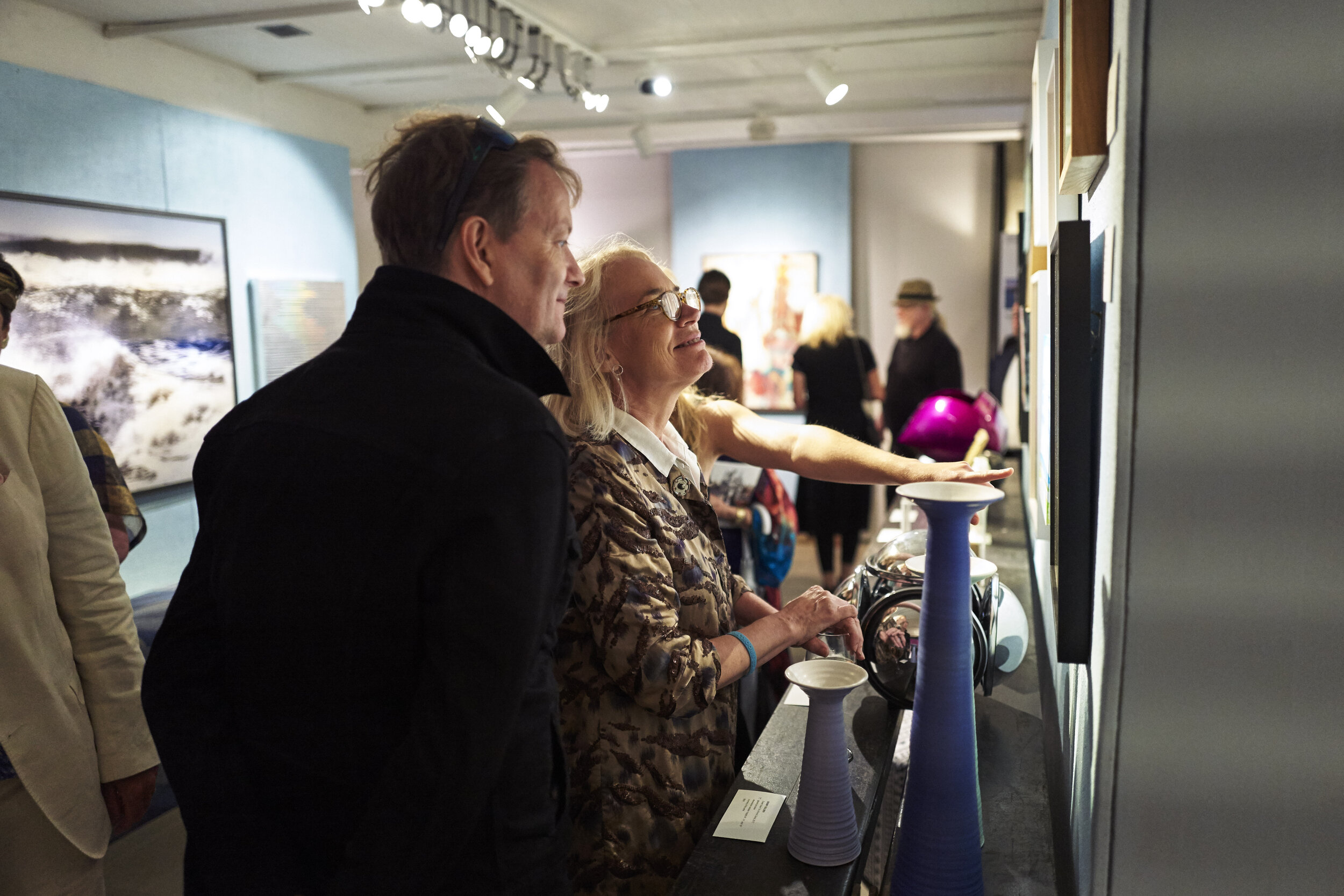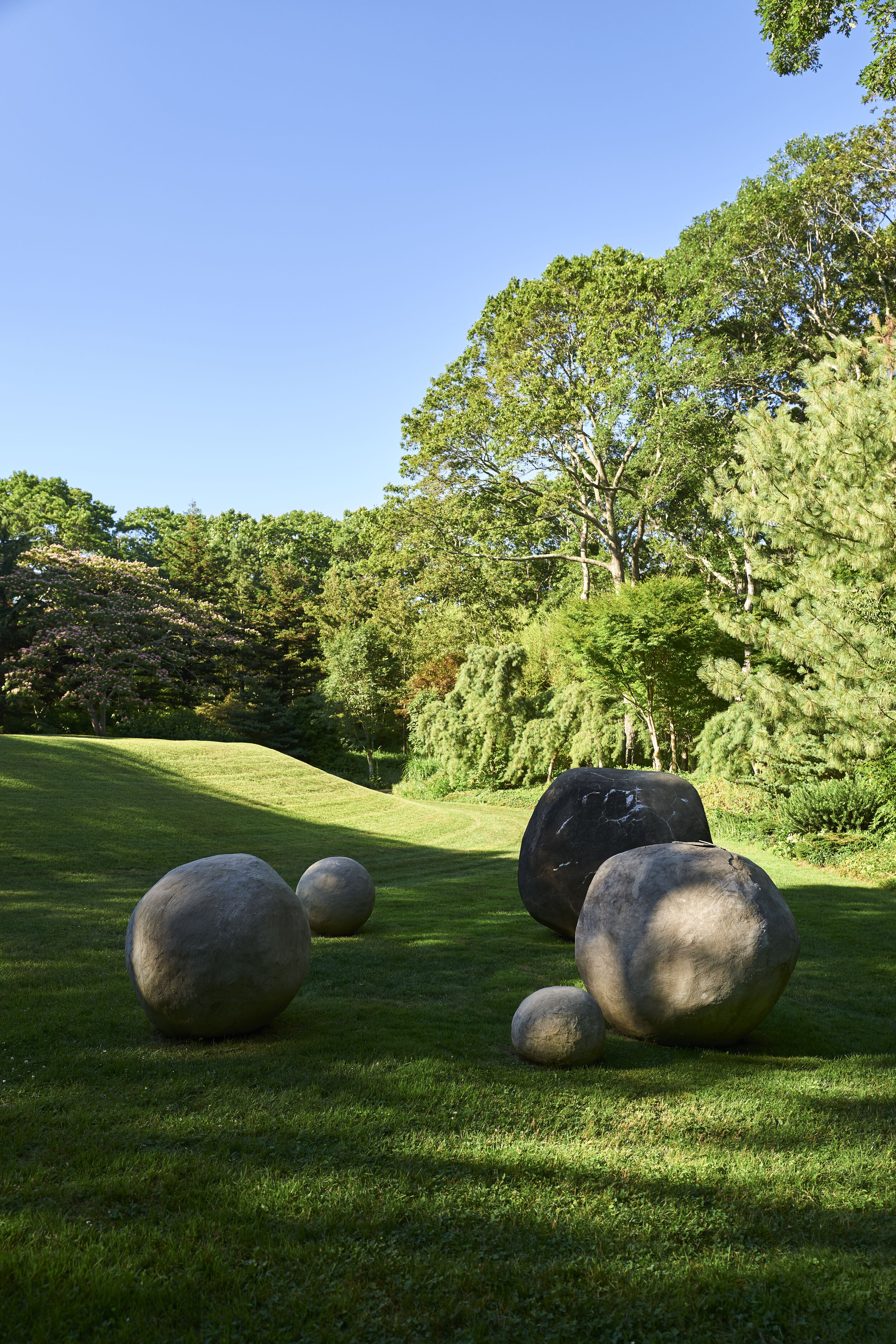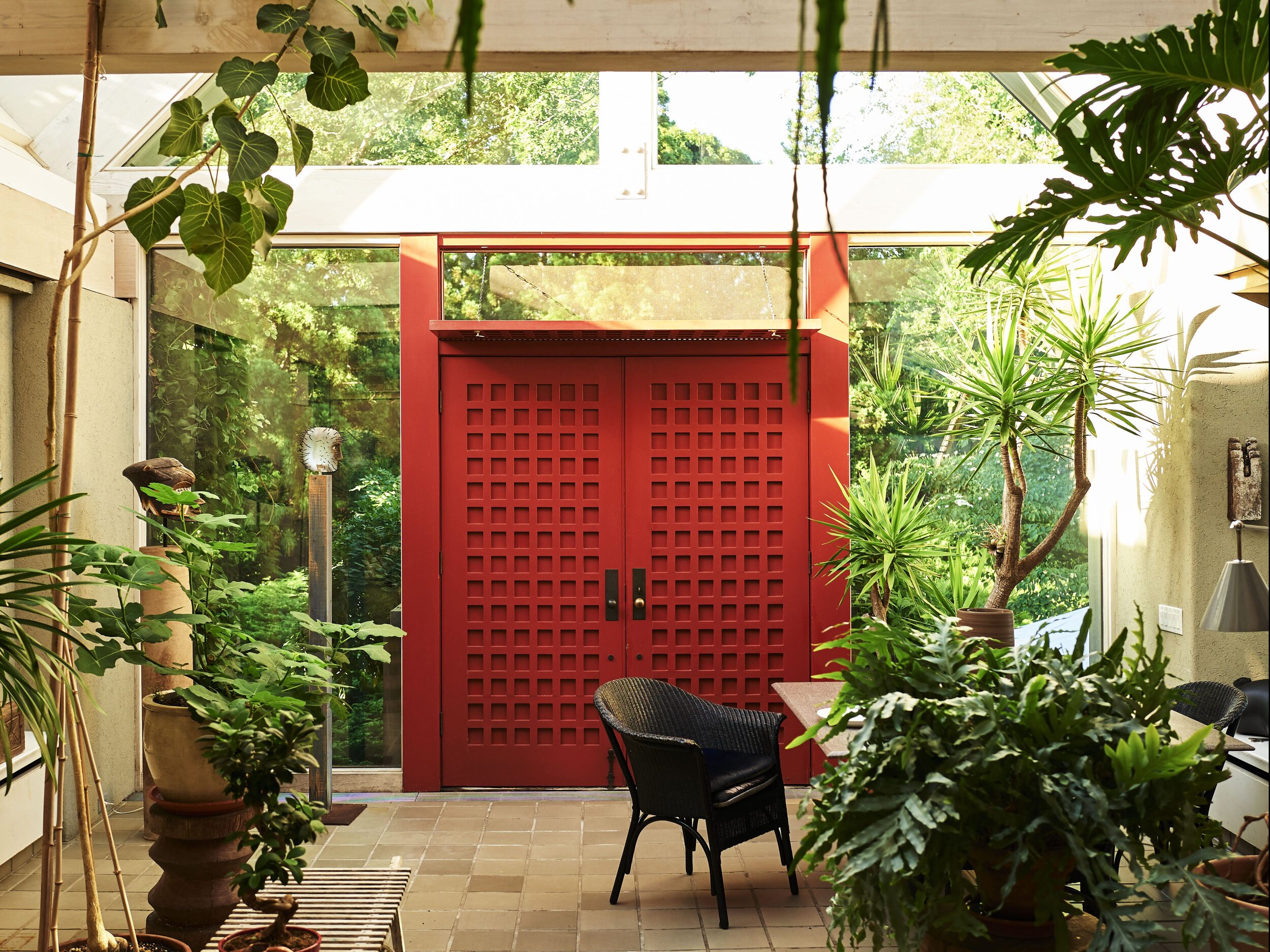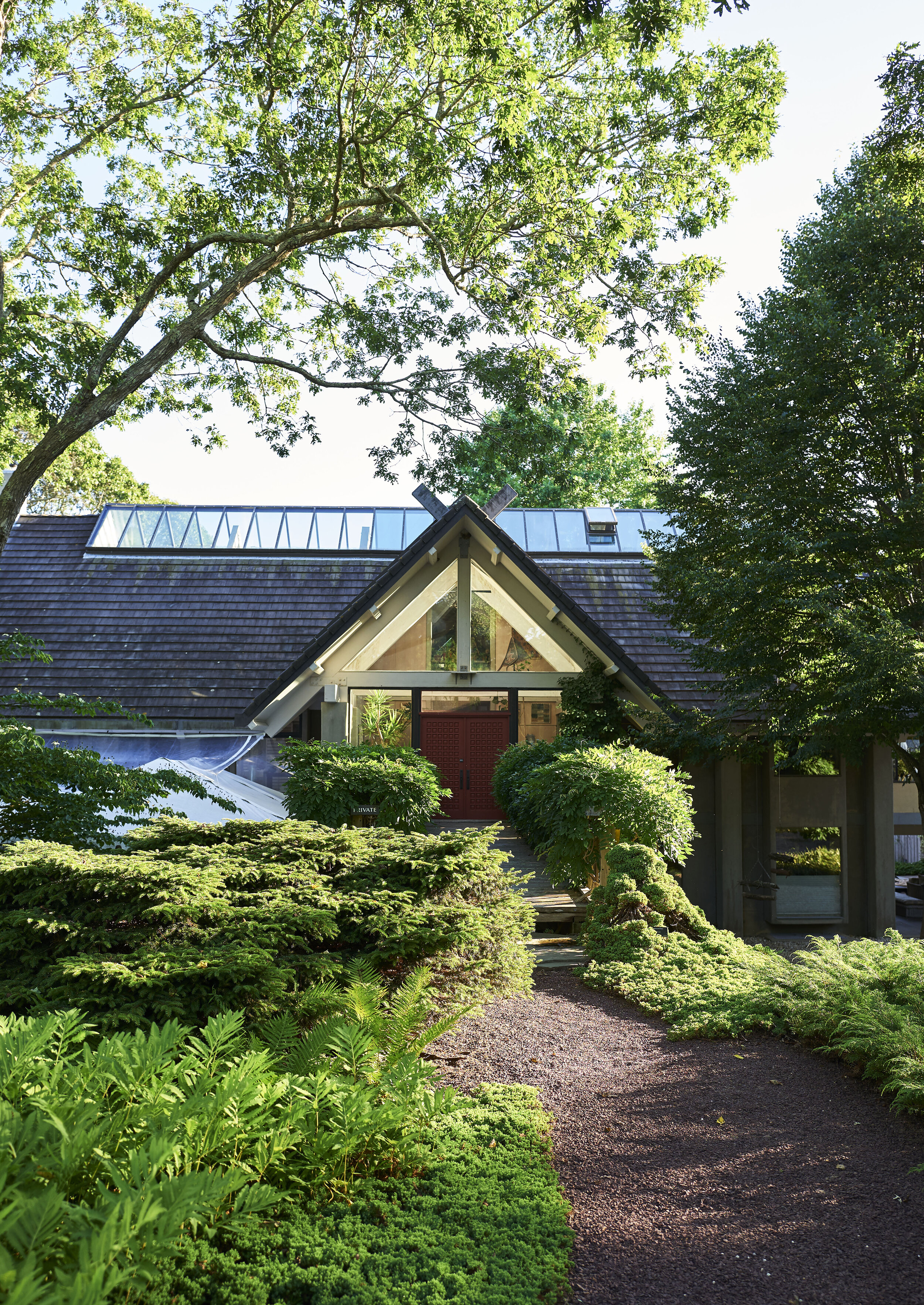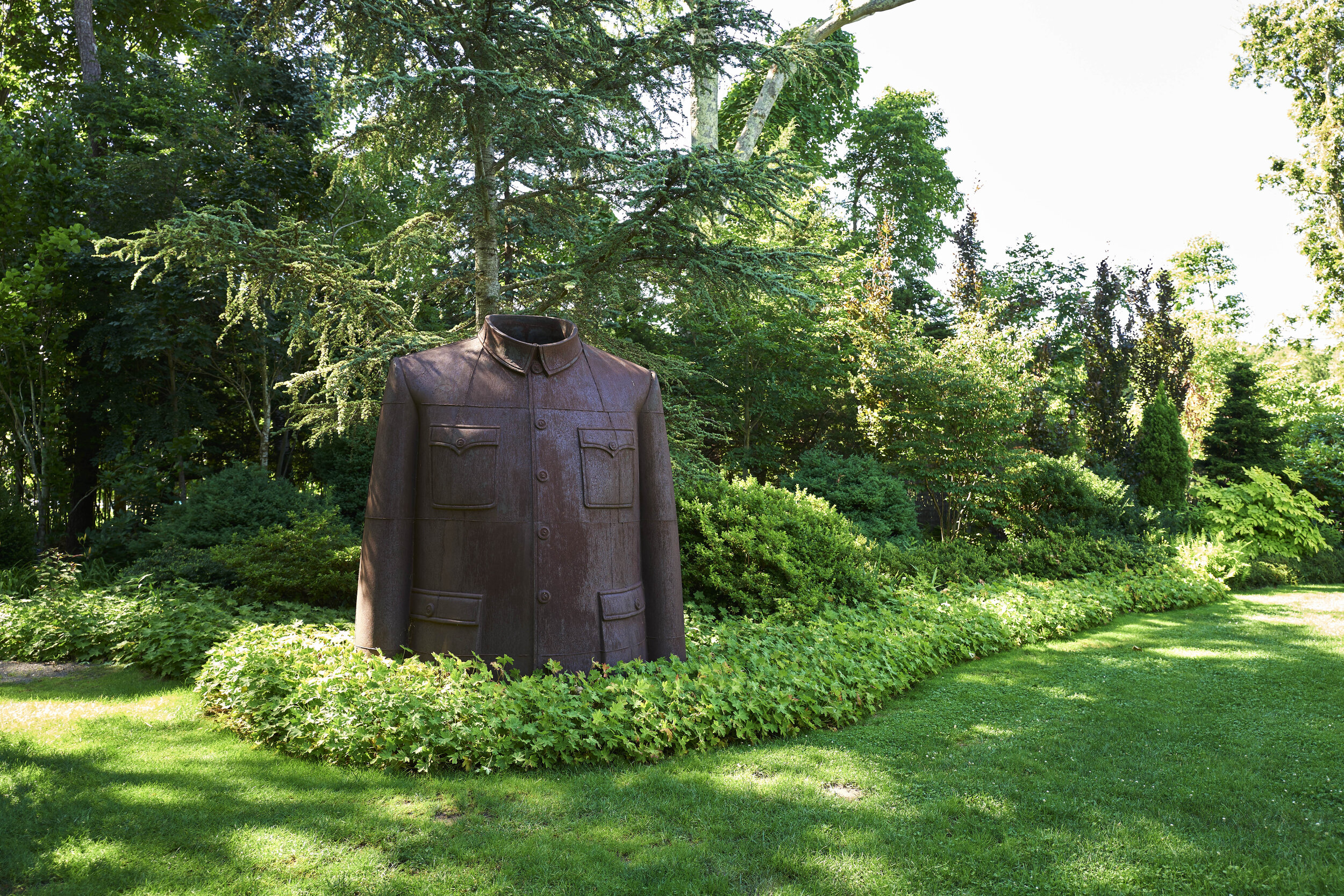Jack Lenor Larsen
At 91, Jack Lenor Larsen is as spry and wry as can be. He is renowned across the globe in art and design circles for his keen eye and boundless talent. As a textile designer he is synonymous with the Modernist movement, designing fabrics for furniture makers such as Florence Knoll and the airline interiors for Pan American and Braniff. He has been an avid collector of art since the beginning, and when he built the LongHouse in East Hampton in 1992 he filled the garden with sculptures from the likes of Willem de Kooning and Yoko Ono. He soon hatched the idea for an event to benefit his eponymous foundation.
What was the first piece of art you ever bought?
I collected things that I didn’t have to buy, like plants and animal skins and such. I don’t remember a first purchase. But I remember buying an ornamental plate that I learned later to not like. But it seemed to have some value at the time.
What about the LongHouse? How did you acquire it and how did the whole journey begin?
I built it. When I was nine years old I saw a film when I was in Canada about Princess Elizabeth in the colonies and all I could see were the interesting buildings around her and what they were made of. And I said, “When I grow up I’m going to go and see those buildings,” and I did. I spent six weeks in Africa looking at native architecture and I came back and built Roundhouse next door to here with three round buildings. Then people said, “Well you should open this up to the public”, because there was a large garden and all of that. So, I decided to make a better place and open it up to the public. And that was on the 16 acres next door which was very poor land — it was flat and covered in thousands of second row trees and had no entrance. But it was affordable and it was close, so I built a large house with a large garden and filled it with sculptures.
What were the first sculptures you put on the land?
There were some that I’d acquired when I was still in the Roundhouse. One of the largest was one the German government built for the Brooklyn Bridge Centennial and it’s about 30 feet long built by a young German sculptor. There was a large ceramic and other things including a Grace Knowlton I had early on. I like sculpture in a naturalistic setting and that’s the way it all worked out very well.
Where did the idea for the benefit come?
Well, if you have a foundation you need to raise some money and I thought of it then. I’d had very successful lotus viewing parties at Roundhouse because I had lotus farms and they were an annual celebration. But they were for friends and without any financial gain. My first thought of a benefit was a total failure. It was two friends I chose as honorary chairmen, but they didn’t pay and didn’t come! Our first success was with our new president Dianne Benson who did our first successful benefit in honour of Edward Albee and everything about it was a success including our first auction. We raised a substantial amount of money.
And what do you love about hosting?
Being the centre of attention. (laughter) Being necessary, having a focus. I don’t respond to cocktail parties where there’s no reason to talk. But when it’s for a cause, it makes more sense and it seems right that people are gathering to support the cause and I like that. I believe in function and a benefit is a function.


